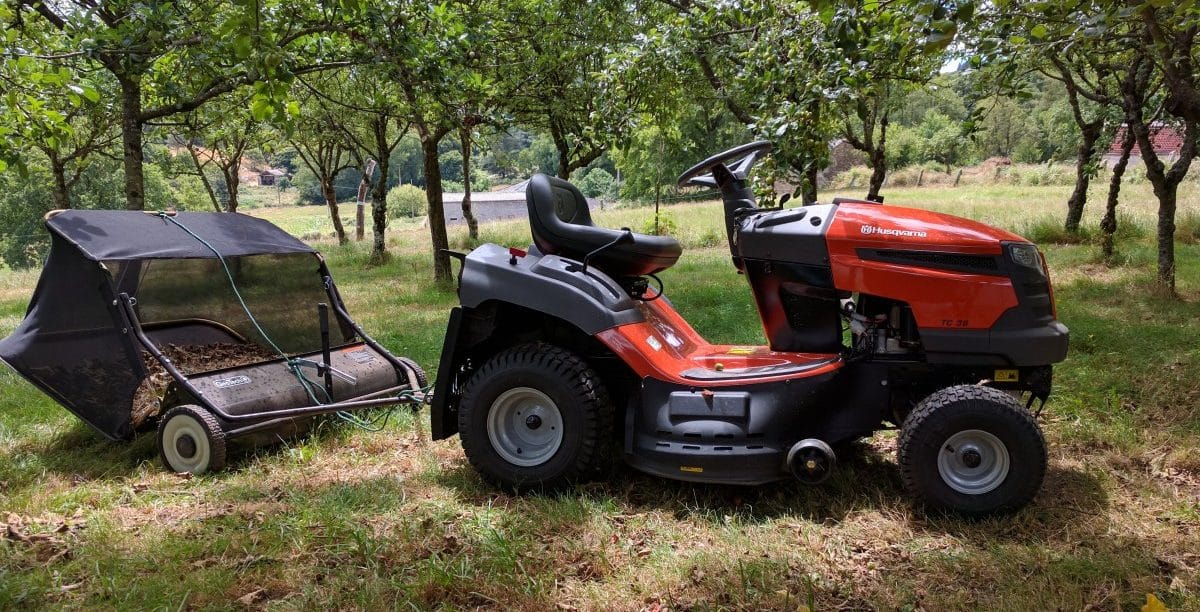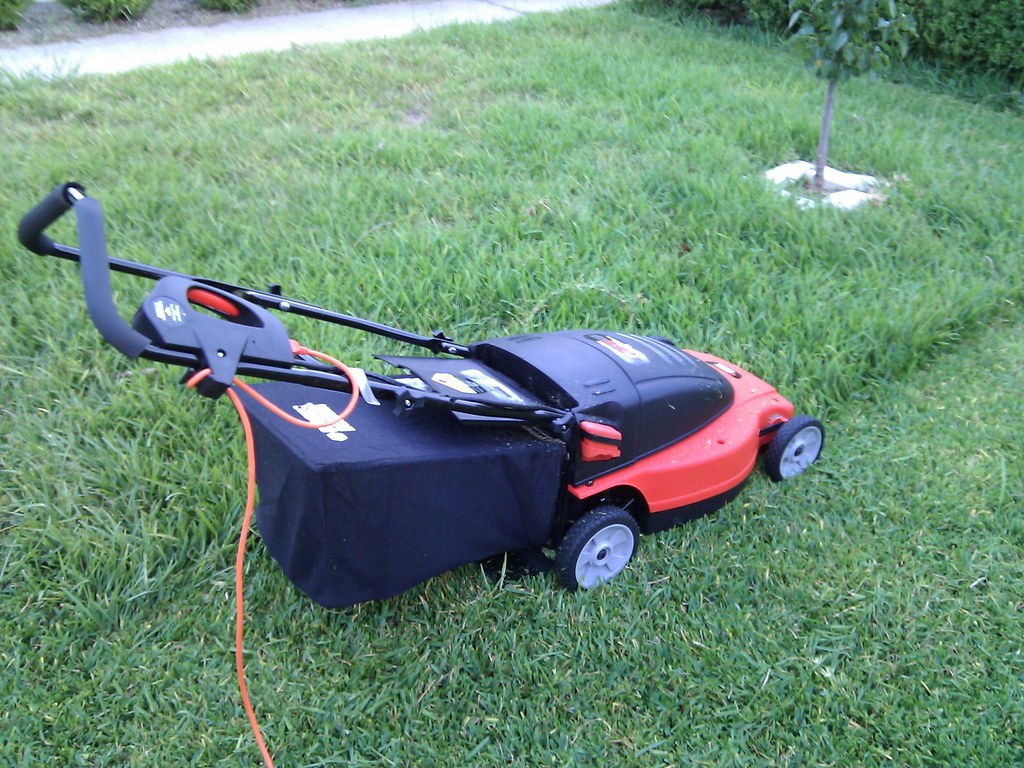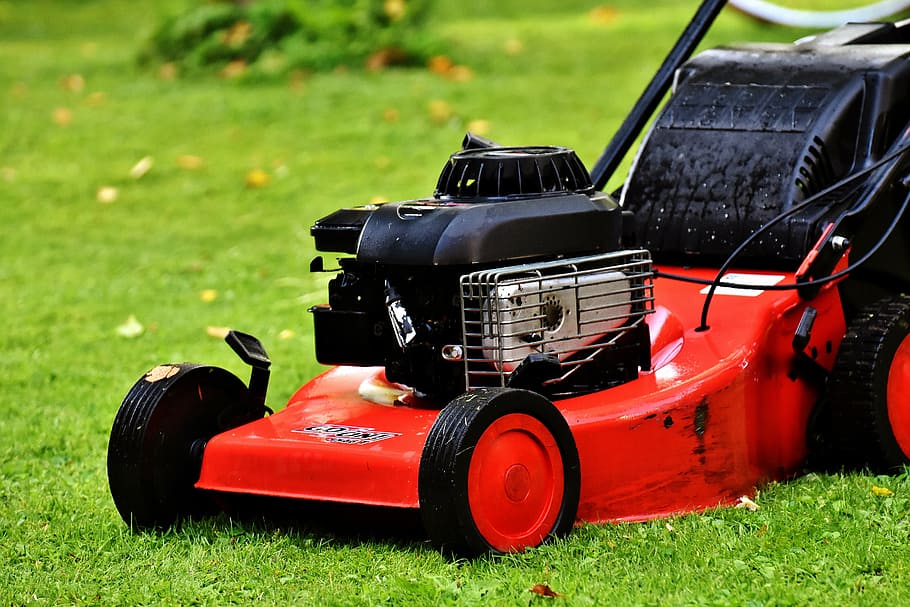Sometimes, a lawnmower works well until you put it away for winter storage. Then, you bring it out in the spring, and the engine does not start. Or it runs only for a few moments before dying. It could also seem to be surging or having other problems. How many hours does a lawn mower engine last?
Quick Answer
According to the exhaust emission standards, the nominal lifespan of residential and commercial small non-road spark-ignition motors is between 125 and 1,000 hours.
The average four-stroke machine that powers a lawn mower can last a lifetime. Of course, the actual number will depend on maintenance, lawn mower type and built quality.
How Many Hours Does A Lawn Mower Engine Last With Proper Care?
Industry leaders like Briggs & Stratton state that the average walk-behind lawn mower works for 20 to 25 hours per year. And that they certify each model to meet the emission standards. So, you can have an idea of the overall longevity of your lawn mower by checking the manual or contacting the manufacturer.
In practice, heavy use deteriorates the small engine parts faster than occasional usage. You have then to consider other critical factors, such as:
- accidental damages and repairs
- gas type
- oil change
- year of production (technology)
Proper maintenance can keep a small engine running until a mechanical problem occurs. That is, when one part breaks or loses elasticity—as in the case of the valve springs that make the valves go back to their seated or closed position.
Knowing how a small engine works can help learn how the mentioned factors affect operation. So, here is a basic rundown of how most lawn mower engines function.
Inside The Motor
The two categories of gasoline engines are two- and four-stroke.
Broadly speaking, the vast majority of lawn mowers mount a four-stroke motor. And each stroke refers to a simple action that keeps the engine going. In detail, each stroke is a half-turn of the crankshaft (a complete back and forth movement of the piston) that causes, in order:
- intake
- compression
- power
- exhaust
The first stroke brings the gas into the combustion chamber while pulling the piston down. Next, the compression stroke raises the piston, which compresses the fuel in the cylinder.
The power stroke happens when the spark plug ignites the compressed gas, causing an explosion. The explosion generates then enough force to push the piston back down and give momentum to the flywheel, a heavy metal wheel that keeps the engine turning between each power stroke.
Lastly, the exhausted gas exits the combustion chamber through the exhaust valve when the piston comes back up.
The flywheel is connected to the crankshaft, which activates the valves by spinning two lobes and turning ceaselessly.
Well, until you run out of fuel. The inner crank makes the piston and the output shaft move—so the blade can cut the grass. But everything needs oil for lubrication, which the oil slinger provides by splashing oil around the engine.
The oil is what lubricates each engine part. But more importantly, it is what soaks away the metal flakes caused by friction.
Maintenance And Life Cycle Assessment of Lawn Mowers
Routine maintenance is essential for prolonging your lawn mower lifespan. In detail, you have to change the oil regularly by following the manufacturer’s instruction manual.
A best practice is to pour fresh oil into the mower and let it settle for about five minutes, especially when the lawn mower is new. You can also buy engine break-in oil for new mowers.
Why do you need to change the oil after the first five or six hours, like most manuals state? Because as the piston moves up and down through the cylinder, there will be friction.
Friction creates wear, and wear produces tiny little particulates. And as you start up your mower, these flakes will end up in your engine oil for the first time.
When breaking in an engine, the goal is to have the piston set its groove properly into the cylinder and let all those particulates settle in the oil.
If you do not complete this crucial step, the flakes may cause damage to the cylinder or other engine parts.
Using ethanol-free gas is also a good idea to avoid corrosion. In brief, ethanol attracts moisture from the air and makes water buildup at the bottom of the carburetor, which causes rust and corrosion.
How Many Hours Does A Lawn Mower Engine Last?: Conclusion
Lawn equipment can only last as long as its inner components function well. So, the combined action of all the critical factors that can deteriorate the engine will ultimately dictate how many hours a lawn mower motor lasts.
Related Article: Electric Vs Gas Lawnmower


